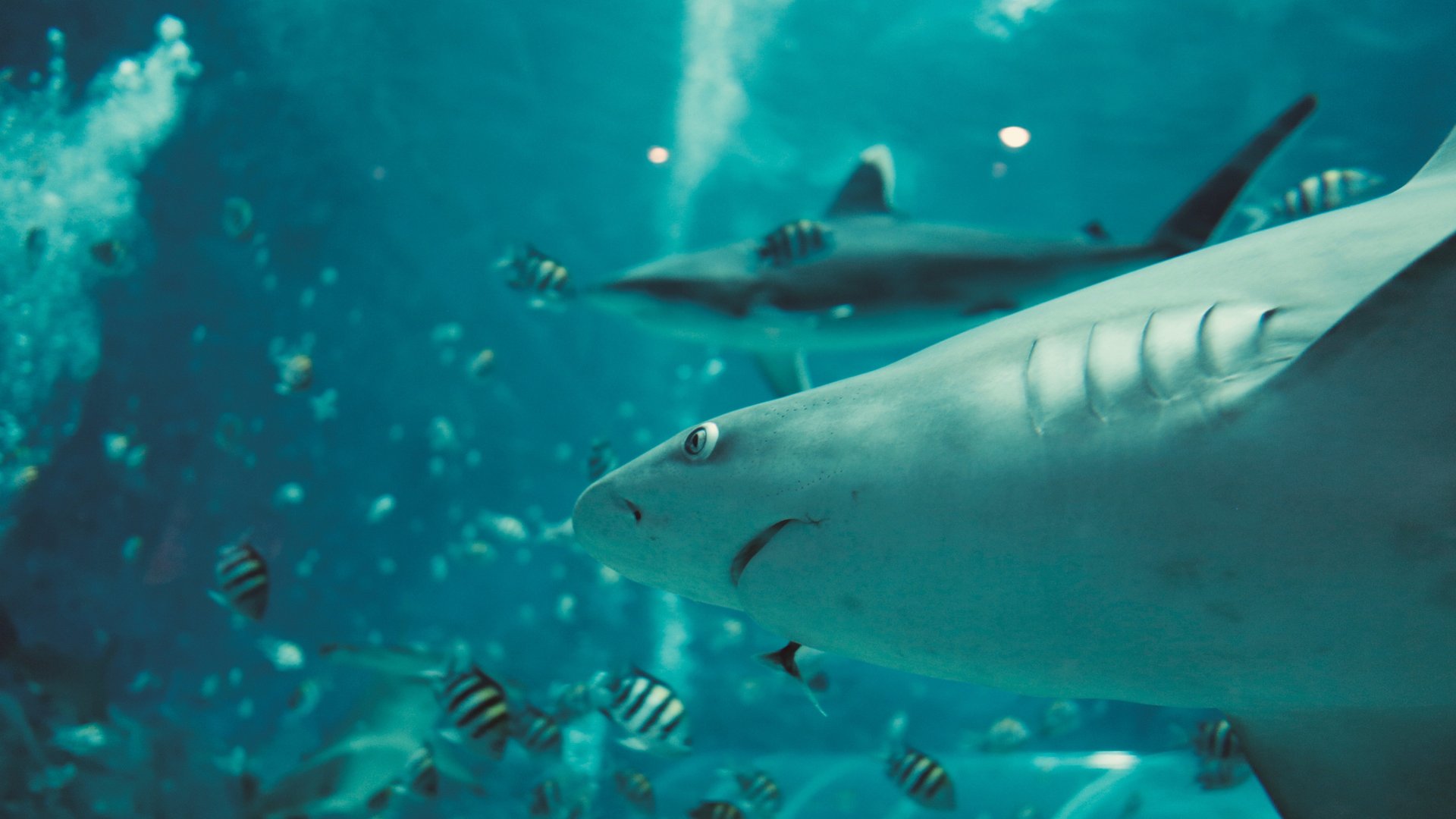Scientists spotted a rare giant squid swimming off the coast of Louisiana
The moment was brief. A creature slowly oscillated into the light, arms akimbo—then nothing. A chance sight plunged back into darkness for who knows how long.


The moment was brief. A creature slowly oscillated into the light, arms akimbo—then nothing. A chance sight plunged back into darkness for who knows how long.
Capturing a giant squid on camera is rare. The first photos of the cephalopod were taken by Japanese scientists in 2004, and the first video eight years later, also near Japan. Now, for the first time, scientists say they’ve seen a giant squid in the Gulf of Mexico, about 100 miles off the coast of Louisiana.
The footage lasts all of 17 seconds. It was captured by a stealth camera more than 3,200 feet (975 meters) below the surface of the water, part of a 14-day expedition by the National Oceanic and Atmospheric Administration (NOAA). Researchers were there to study how light deprivation affects animals in what’s known as “the midnight zone,” where almost no light is present.
The camera system—called “the Medusa”—is outfitted with red lights that are undetectable to deepwater creatures. To lure their subjects closer to the lens, the researchers also gave the rig a fake jellyfish. It’s actually the same system that captured the first video of a giant squid in 2012.
Such expeditions can generate hours upon hours of footage. As scientist Nathan Robinson found last week, it can be quite boring to sift through it all: He scrolled and scrolled, stopping occasionally to watch the odd shrimp or other small creature check out the jellyfish lure.
And then the tentacle appeared out of nowhere.
Robinson shouted, beckoning other scientists to gather around the screen. Some of them pulled out animal identification books to try to confirm what they’d seen. Others barked Latin names for sea creatures. The squid expert the crew needed, Michael Vecchione, wasn’t aboard the expedition ship, and because the weather outside was getting rough, he couldn’t be reached by internet.
“What happened next was something that we truly never expected,” the scientists wrote in a blog entry about the day. “About 30 minutes after Nathan first saw the squid on the screen, lightning struck the ship.”
The bolt hit the right side of the ship, striking an antenna not far from where the crew was gathered around the computer. The scientists found fragments of the antenna scattered across the deck. And then, off to the left, they spotted a tornado (at sea, it’s called a waterspout) descending from the sky.
After the commotion subsided, the team worked to make sure the storm hadn’t damaged the video they’d collected. It hadn’t, and once internet was restored they dispatched their video to Vecchione.
“Please look at this now!” they said over the phone. Vecchione confirmed their suspicions. The team had indeed bumped into a giant squid—though this one wasn’t quite so giant. While scientists have spotted squid up to 30 feet long, this one was just 10 to 12 feet, and the team guesses it was on the young side.
The team’s fleeting contact highlights just how little is know about these deep sea creatures, which have been depicted as monsters in classic literature.
“The giant squid is large and certainly unusual from our human perspective,” the researchers wrote in their blog post. “But if the video shows anything of the animal’s character, it shows an animal surprised by its mistake, backing off after striking at something that at first must have seemed appealing but was obviously not food.”